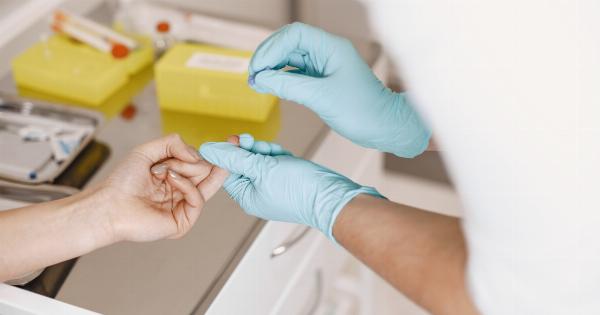In a groundbreaking scientific breakthrough, researchers have developed a new method for producing insulin by transforming skin cells.
This innovative approach could revolutionize the treatment of diabetes, offering a more efficient and patient-friendly alternative to current insulin production methods. By harnessing the regenerative capabilities of skin cells, scientists have successfully generated insulin-producing cells that can potentially be used to treat diabetes.
The Need for a New Insulin Production Method
Diabetes is a chronic condition that affects millions of individuals worldwide. It is characterized by the body’s inability to regulate blood sugar levels due to either insufficient insulin production or a resistance to insulin’s effects.
Insulin, a hormone produced by the pancreas, plays a vital role in maintaining normal blood sugar levels.
Currently, the most common method for producing insulin involves extracting it from the pancreas of pigs or cows. However, this process is expensive, time-consuming, and carries a risk of contamination.
Additionally, there is a significant shortage of donated pancreas organs, making the availability of insulin limited.
The new method of transforming skin cells into insulin-producing cells presents an exciting opportunity to overcome these challenges and provide a more sustainable and accessible source of insulin.
Understanding the New Method
The novel technique involves reprogramming skin cells into cells that resemble insulin-producing beta cells found in the pancreas.
With the help of targeted gene manipulations, these skin cells can be transformed into functional insulin-secreting cells without the need for specialized equipment or complicated procedures.
The process begins by isolating skin cells from a patient, most commonly obtained through a simple skin biopsy. These cells are then genetically modified to express specific genes associated with insulin production and secretion.
Scientists have identified a set of genes that, when introduced into skin cells, trigger their transformation into insulin-producing cells.
These genes induce a series of molecular changes, converting skin cells into fully functional beta cells capable of sensing and regulating blood glucose levels.
Advantages and Potential Applications
This groundbreaking method offers several advantages over conventional insulin production methods:.
1. Patient-specific insulin production:
The ability to use a patient’s own skin cells to produce insulin eliminates the risk of rejection or adverse immune responses, which can occur when exogenous insulin is administered.
This personalized approach ensures a tailored treatment for each individual, potentially improving patient outcomes.
2. a more sustainable source of insulin:
The scarcity of pancreas organs for insulin extraction has long been a significant challenge. By utilizing skin cells, which are readily available and easily accessible, this method offers a sustainable and abundant source of insulin.
This could help alleviate the current supply shortage and make insulin more affordable and accessible to people with diabetes worldwide.
3. Enhanced insulin production efficiency:
This technique has shown promising results in terms of insulin production efficiency. Initial studies have demonstrated that the transformed skin cells can produce insulin at levels similar to those observed in healthy beta cells.
This ensures that the produced insulin is of high quality and will effectively regulate blood sugar levels in diabetic patients.
Challenges and Future Outlook
While this new method holds great promise, there are still several challenges to overcome before it can become a viable treatment option:.
1. Safety and efficacy:
Further research and clinical trials are necessary to validate the safety and efficacy of this technique. Scientists need to ensure that the transformed skin cells do not pose any risks or side effects to patients.
2. Large-scale production:
Scaling up the production process to meet the demand for insulin worldwide is a substantial challenge. Researchers need to develop efficient and cost-effective methods for the mass production of these insulin-producing cells.
3. Regulatory approvals:
Before this method can be widely adopted, it needs to undergo rigorous regulatory assessments and obtain approvals from governing bodies to ensure its safety and effectiveness. This process can be time-consuming and stringent.
The Road to a Brighter Future
As scientists continue to refine and optimize this groundbreaking method, the future looks promising for diabetes treatment.
The ability to produce insulin from skin cells offers a more sustainable, patient-specific, and efficient approach to manage diabetes. It has the potential to revolutionize the field of diabetes care and improve the quality of life for millions of individuals worldwide.




























